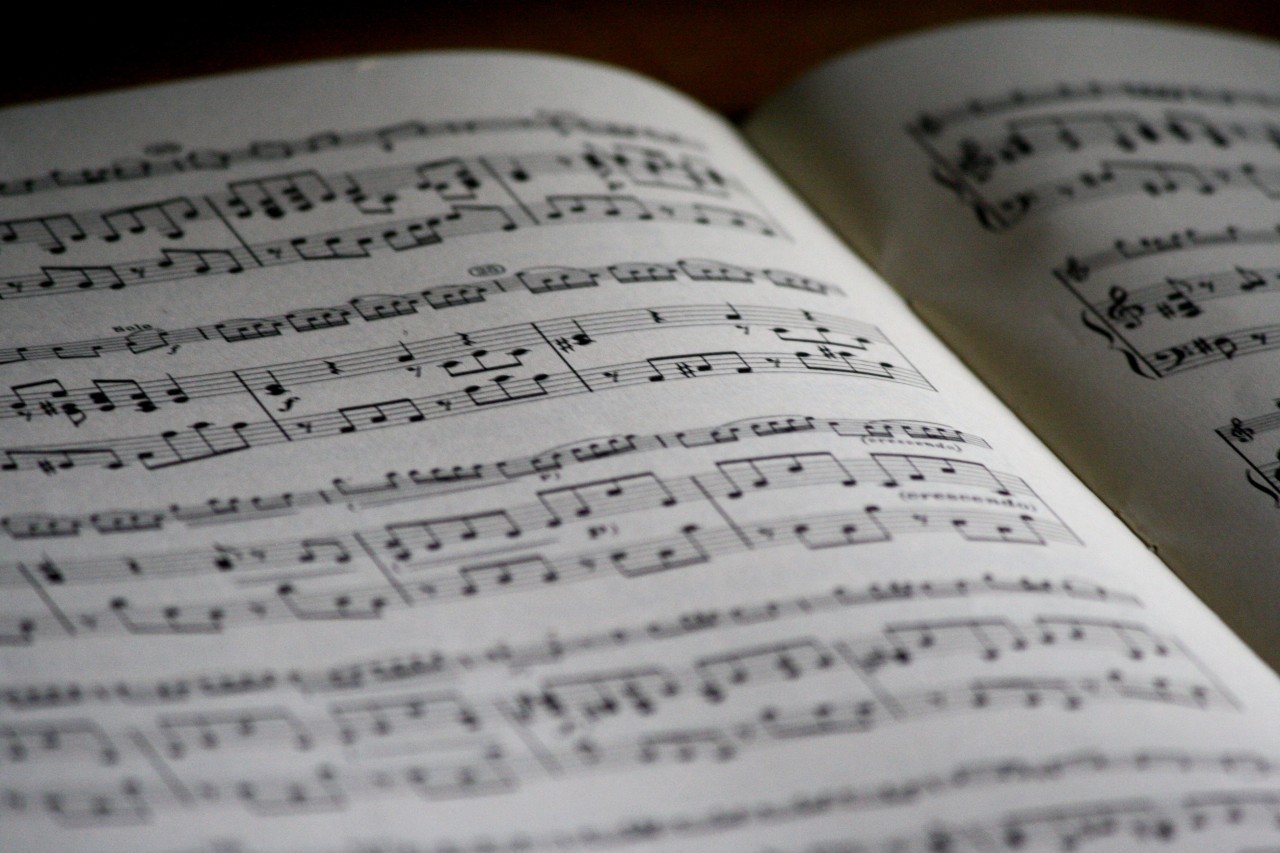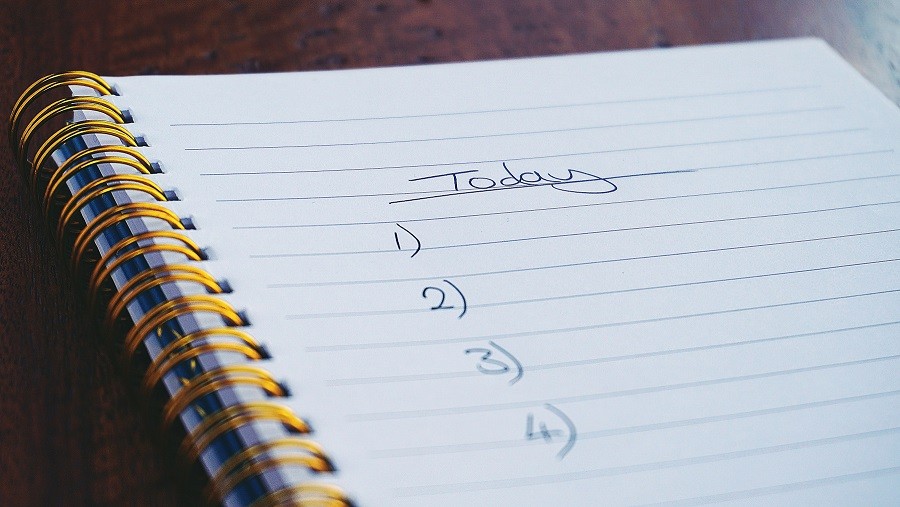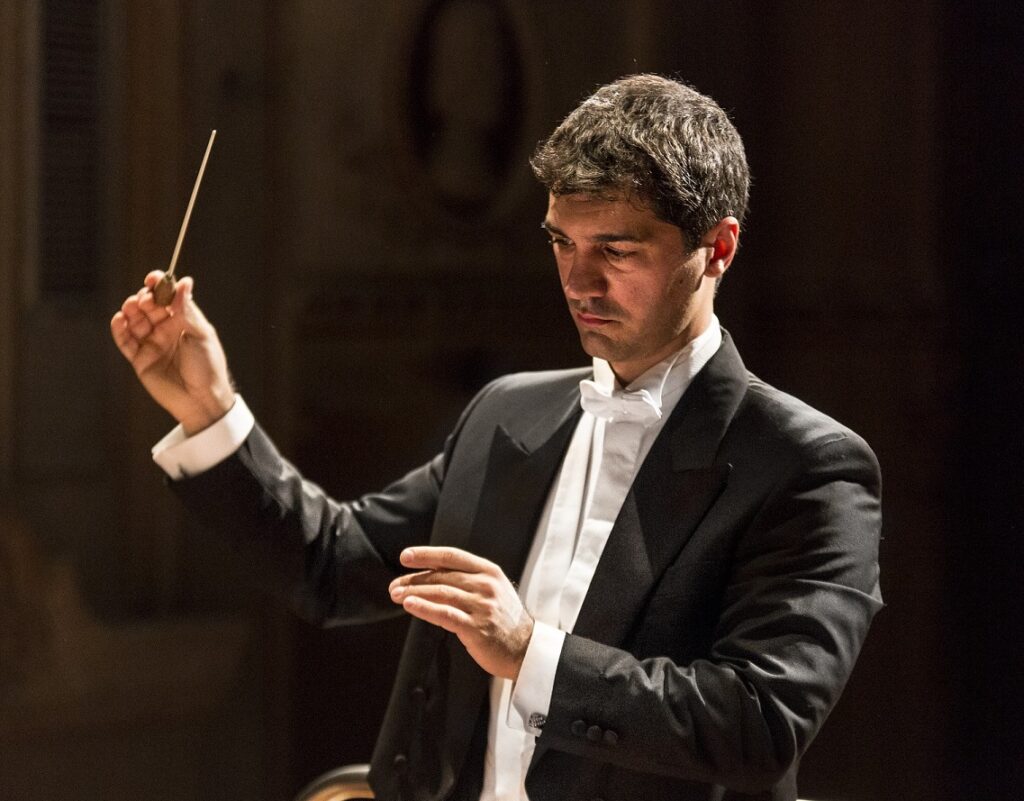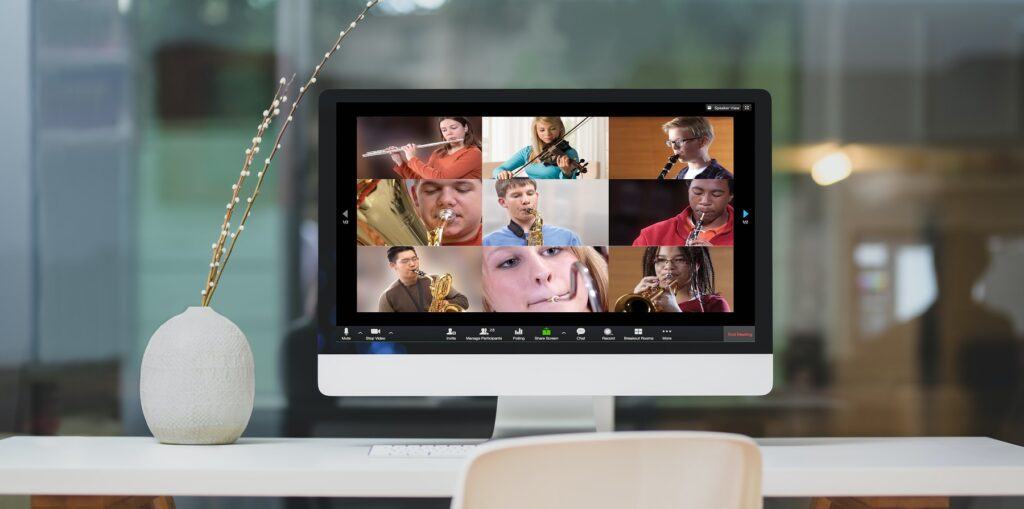Make a Plan: 8 Ways to Maximize Rehearsal Time
Fit these eight recommendations into every rehearsal and you’ll be amazed at how much can be accomplished during a 45-minute class.
Try to fit these eight recommendations into every rehearsal. If you keep things moving, it’s amazing how much you can accomplish during a 45-minute class.
1. Individual Warmup Time
I am a big believer in allowing students to warm up individually before the rehearsal begins. I realize that there may be reasons why you might not want them all playing before class starts, but in most cases, it’s essential to know how proper individual warmups can drastically improve success for the entire ensemble. I can’t tell you how many times students find out that their instrument isn’t working, or students are able to help each other with musical and non-musical items during warmup time. Give them a set time limit of two to three minutes for the warmup. If you have younger students, you might want to post several warmup “choices” on the board, such as long tones, major scale, chromatic scale, a melody from a piece of music, lip slurs, rudiments, etc.
To keep students accountable during this time, have them journal periodically in their folder so that they have an opportunity to describe the warmups they are using. Making them write about it usually helps keep them on track for several days afterward. Watch several videos of professional musicians warming up so that students can see and hear it done correctly. I also recommend that students see you warm up on your instrument from time to time so that you can show them what you are trying to accomplish in that time period.
2. Play In Unison
It is so important to play in unison. It’s a wonderful way for students to learn to come to a “musical consensus” and is often the only time in a rehearsal where you can teach the exact same thing to every student. It’s an opportunity to focus in and out from your own sound, instead of jumping right into playing in harmony. The payoff for playing in unison is that students learn how to start, sustain and release together. They learn how to play with dynamics and how to manipulate pitch so that the intonation sounds correct.
At Metea Valley High School, we start almost every band rehearsal with a Concert F Remington exercise (sometimes called an F Pivot), which allows us to work on light articulation in a legato style, shifting from note to note cleanly and playing in tune and in time. Next, we typically have students play a scale in unison or perhaps a unison melodic phrase. Try this to get students super focused for the next part of rehearsal!
3. Play Intervals
Many times, we mistakenly jump from playing in unison directly into a chordal piece. Students need more time to develop their understanding of playing 2nds, 3rds, 4ths, 5ths, 6th, 7ths and octaves. This practice allows you to teach pitch manipulation, but honestly they do it naturally. Perhaps the best way to experience intervals is playing along with a drone pitch. Try playing a drone on the tonic, or pick a specific pitch in a melody that needs work and play that pitch as the drone. My students really enjoy this!
The easiest way to work on interval training is to split your ensemble in half from left to right. Tell the students on your right to focus on your right hand when you conduct, and then tell the students on your left to focus on your left hand. Start everyone playing a Unison Bb (or any key), then only move your right hand to direct them up the scale one pitch at a time. The players on the left are sustaining and providing the drone for the other students. At any point, you can move up and down the one-octave scale creating intervals as you go. Students naturally correct the 4ths and 5ths easier than they correct 3rds and 6ths. After you have brought each group up and down the octave, both end on the Unison Bb.
4. Play Chorales
After we finish playing in unison and intervals, we move onto chords by playing chorales. First and foremost, it is so important to get wind, string and percussion students playing in a legato style so that the idea of uninterrupted breath, stroke, bow, etc. is achieved. This is where beauty of tone takes place. Chorales offer this experience whether playing slowly or quickly. My favorite way to get students thinking about playing chorales in SATB (soprano, alto, tenor and bass) parts is by allowing them to see the score I use as the chorales in the Tradition of Excellence Technique & Musicianship by Bruce Pearson and Ryan Nowlin with the 9th graders. I use 36 Chorales For Band by Aaron Cole with my upperclassmen (which is available online as a free resource with a suggested donation). Many books today have sections where students read from a SATB score, and this helps students learn other parts in a chorale.
5. Sight Read as Much as Possible
Students learn so much when they sight read, but most of us have no time to sight read regularly. To force the issue in our 9th grade band several years ago, I created folders for each student called the “Sight Reading Anthology.” I collected pieces of music in a beginner through intermediate range that progress students through several keys, time signatures, styles, etc. In total, there are almost 30 pieces. Students read one piece per day (generally speaking) until we finish the project. By late November, students should finish the folder. The benefits of this activity are that students regularly practice analyzing, reading, entering, resting, matching, creating, and best of all, make connections between success and failure from day to day, which is what learning is all about!
6. Practice Rhythm: Count, Clap, Play
Students need several methods for counting, subdividing and practicing rhythm so that they can process it on their own one day. It’s our responsibility to give them strategies for counting and executing rhythm, and one of the most crucial items is exposure to multiple time signatures, note and rest values, and learning how to process rhythm quickly.
Most method books have pages of rhythm in the back of the book, or you can create your own “rhythm sets” so that students have opportunities to see and master lots of rhythms in many different contexts. Another variable to adjust is tempo.
One of my favorite games in ensemble rehearsal is when I play a measure of rhythm, and then students have to guess which rhythm I played from a page that has 20 rhythms on it. Hands go up to provide the answer, and then once the correct answer is revealed, the entire ensemble gets to play the rhythm. The student who answered correctly is rewarded by getting to play the next rhythm for the class to guess. Students would play this game for hours if you let them!
Check out another idea for a different counting system: David Newell’s “Teaching Rhythm: New Strategies and Techniques for Success.” I think you’ll enjoy his ideas on subdividing and counting rhythm from a whole new perspective.
7. To-Do List
One part of each of my rehearsals includes a rapid fire “to-do” list of micro details. For example, for song 1, you would write on the board:
Flutes – pitch @ end of meas. 17
clarinet – sixteenth notes meas. 17-18
trombones Eb & Ab chords meas. 35
percussion – sd tamb groove @ meas.107
I typically do a list like this for every piece of repertoire being played that day. The students know that after we accomplish fixing all of the items on the “to-do” list, they get to move onto playing bigger chunks or entire pieces. The nice thing about using an approach like this is that you don’t get bogged down during a piece of music trying to fix random details that coincidentally just occurred — something I call “whack-a-mole” rehearsing where you just stop every time you hear an error. Music educators want to be in an instructional mindset where we already know what we want to accomplish.
8. Individual Playing
When playing warm-ups and chorales, detailing music or sight reading, there are opportunities for individual playing, which I consider to be the breeding ground for students inspiring other students. They also serve as learning models as you work on fundamentals or details in their playing.
I love teaching individuals during ensemble class time because it allows all students to see the process of improvement. Students who struggle the most can benefit from your help, and even your best players can always play something more musical or with more professional attention to details like articulation or intonation.
I don’t use individual time for grading their playing; I use it as “example” time. Use questioning like: “Who wants to play the first note at measure 12?” Then move on to: “Would you mind playing the whole measure now?” or “Who can play a beautiful concert F for us today?” Then I follow that up with: “Everyone try to play that note exactly like you just heard Joe play. Didn’t you love the way he started that note?”
Use positive and specific language when listening and helping individuals in front of the ensemble and ensure that other students are paying attention to the lesson you are teaching so that they can benefit from the information as well. The idea here is that you are making each and every link in the chain stronger.
It’s Your Turn: Try It
It is possible to fit all of this into a rehearsal. If you have trouble managing your time in a class and feel like you usually do not accomplish everything you were hoping to, consider having a co-worker observe your class with a stopwatch and have them keep track of the minutes you allot for announcements, talk rather than play, etc.
Of course. we need rehearsals where we develop some depth of understanding, but for the most part, students like it when you have a plan for many activities that vary instruction and learning. By ensuring that you are fitting these essentials into most rehearsals, you are showing an enthusiasm for learning music. I’ve found over the years that students feed on our enthusiasm, so I continue to keep things fast paced, focused on musical and personal growth, and encouraging improvement every day. I hope these ideas will keep your rehearsals fresh and productive.
This article was originally published in the December 2018 issue of SBO Magazine.

















